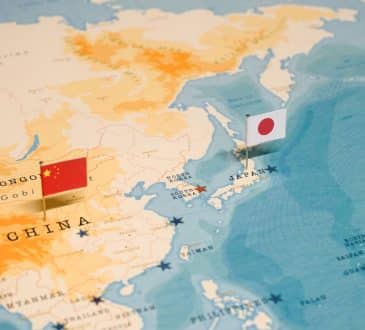NOW IS THE BEST TIME TO CONDUCT AN AFTER-ACTION REVIEW

It’s been more than a year now since Covid retreated from our health and safety landscape if not from our mind as well. Did it really retreat, or did it just go into some form of medical witness protection?
The more important question is: will you be ready next time? Did you learn anything from the first round of Covid?
First, a few simple truths:
- There will be another crisis in the future. It may not be health-related, and it may not be of the same scale, but you will need to address it.
- It is quite possible that your organization has been permanently changed by the coronavirus crisis and a simple return to “business as usual” is no longer possible. Perhaps a key supplier or important customer is no longer in business, or a previous line of business is now not viable.
- The organization may have adopted some new practices during the crisis that proved beneficial. For example, a hybrid work model combined with new collaboration tools such as Zoom and MS Teams may have made many in-person meetings and some employee travel unnecessary.
The After-Action Review
Call it an assessment, an evaluation, or an after-action review (AAR), as a positive influence leader, you should encourage people in your organization to take some time to identify what happened, what was learned, and what needs to change going forward. You can provide teams at all levels of the organization with key questions coupled with a positive process that will result in the creation of a proactive plan for dealing with a future crisis.
Key Review Questions:
Here are some possible questions to guide your review. You may not need all of them. In most cases, you will only need four or five of them.
- What was our goal during that time/What did we hope to achieve?
- What happened/What did we do?
- What changed over the course of time?
- What worked well?
- What didn’t work well?
- What could have gone better?
- What should we do differently next time?
- What are some key lessons learned that can be applied in future crisis situations?
- What things worked well during this time that we should incorporate into the way we work in the future?
- What personal lessons did you learn from this experience?
Key Process Elements
Preparation:
- Set a time limit for the session (e.g., two hours or half-day)
- Prepare questions in advance for display in the room.
- The questions also may be sent to the participants in advance of the session.
- Consider using a scribe to take notes on the conclusions and recommendations.
Meeting Facilitation:
- Use a professional OD or training facilitator to manage the process.
- The facilitator should use open-ended questions to engage the participants.
- If participation is limited to a few people, encourage each person to share, at a minimum, one thing that worked and one that did not.
Summary and Recommendations:
- Ensure that you leave enough time to summarize the conclusions and action items for the future.
- Focus the conclusions on specific actionable recommendations, e.g., “At the beginning set up an organization-wide coordination committee.”
- Ask for feedback on the value of the review experience.
- Thank everyone for their participation.
- Send everyone a meeting summary.
As this crisis comes to an end, positive influence leaders should use an AAR to help their organization learn from the experience and develop strategies for coping with similar challenges that may arise in the future, as well as integrate learnings from the experience into their near-term workplace.
Written by Glenn Parker.
Have you read?
The World’s Richest People (Top Billionaires, 2023).
Revealed: Countries With The Best Health Care Systems, 2023.
Top Most Valuable Coins For Collectors Across The Globe.
The World’s Most Influential CEOs And Business Executives Of 2023.
Which are the healthiest countries in the world for 2023?
Bring the best of the CEOWORLD magazine's global journalism to audiences in the United States and around the world. - Add CEOWORLD magazine to your Google News feed.
Follow CEOWORLD magazine headlines on: Google News, LinkedIn, Twitter, and Facebook.
Copyright 2025 The CEOWORLD magazine. All rights reserved. This material (and any extract from it) must not be copied, redistributed or placed on any website, without CEOWORLD magazine' prior written consent. For media queries, please contact: info@ceoworld.biz











